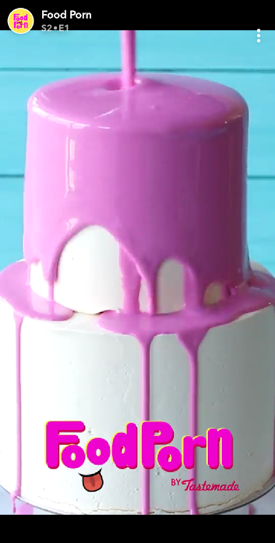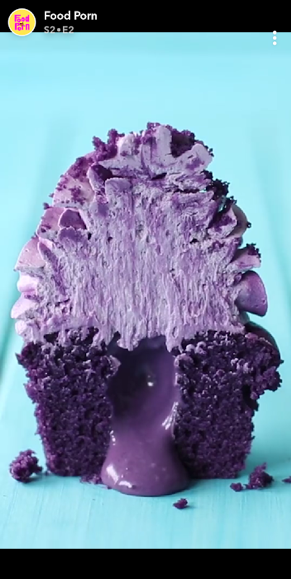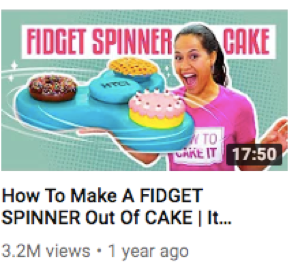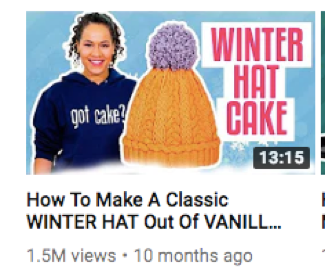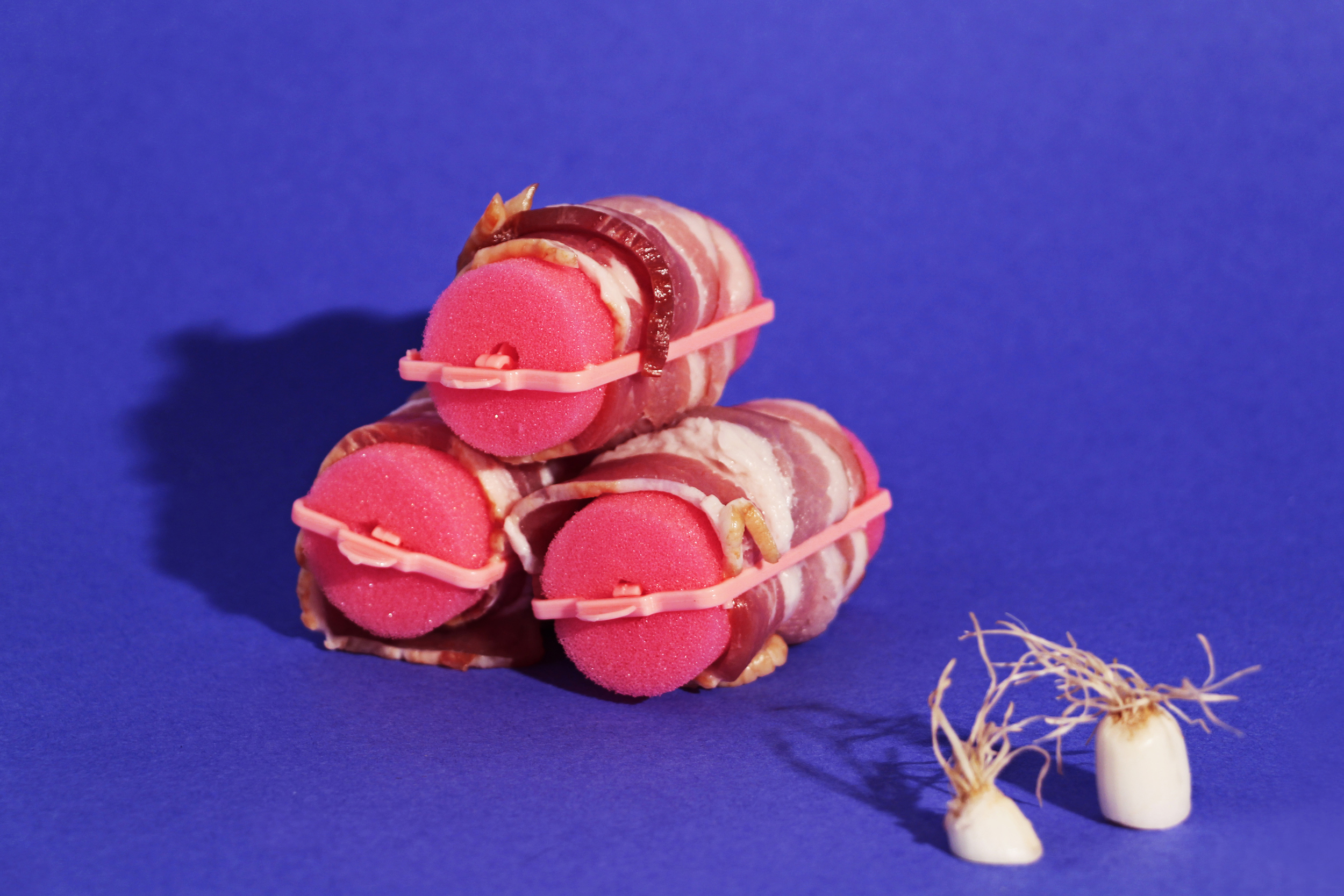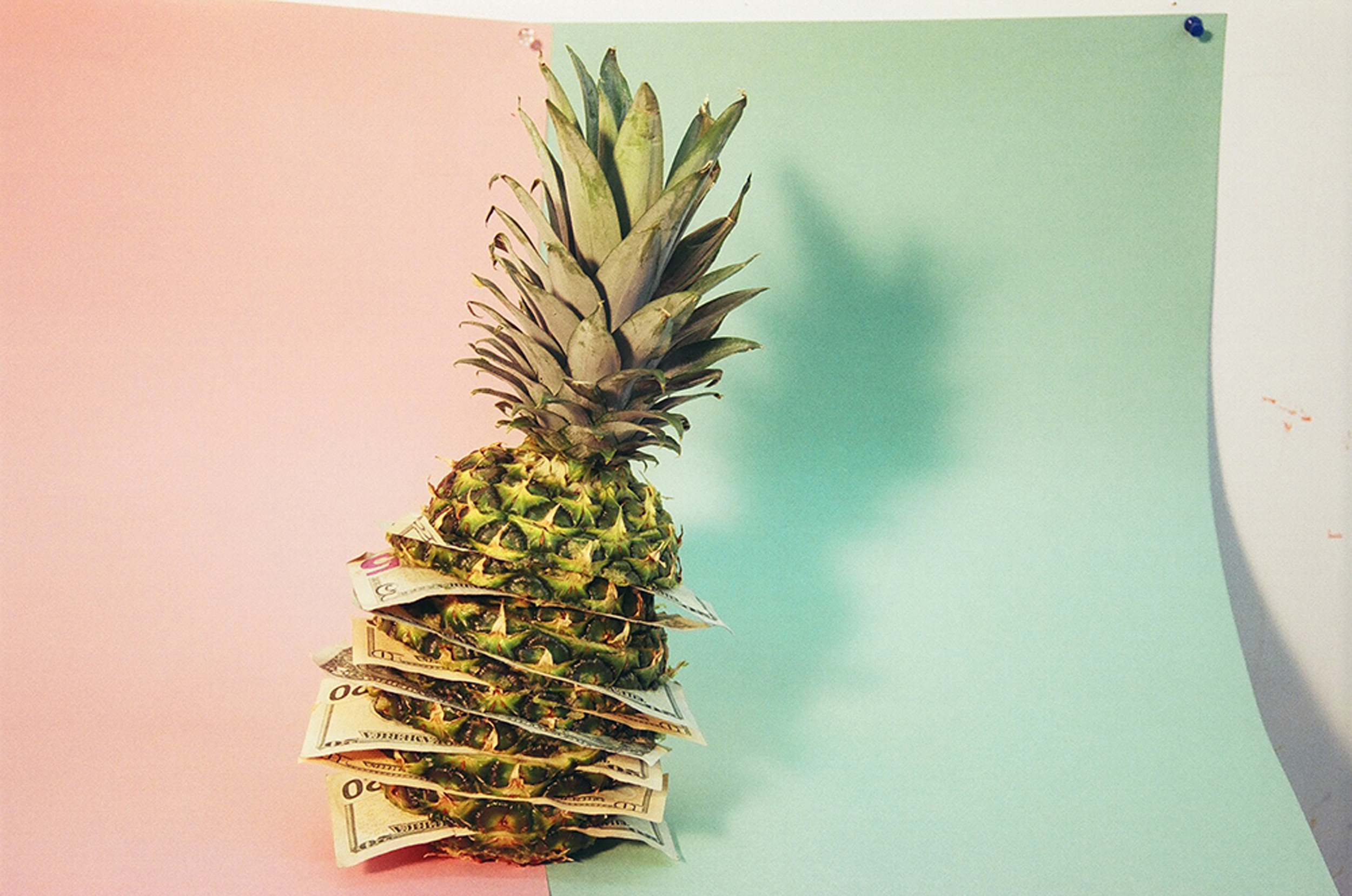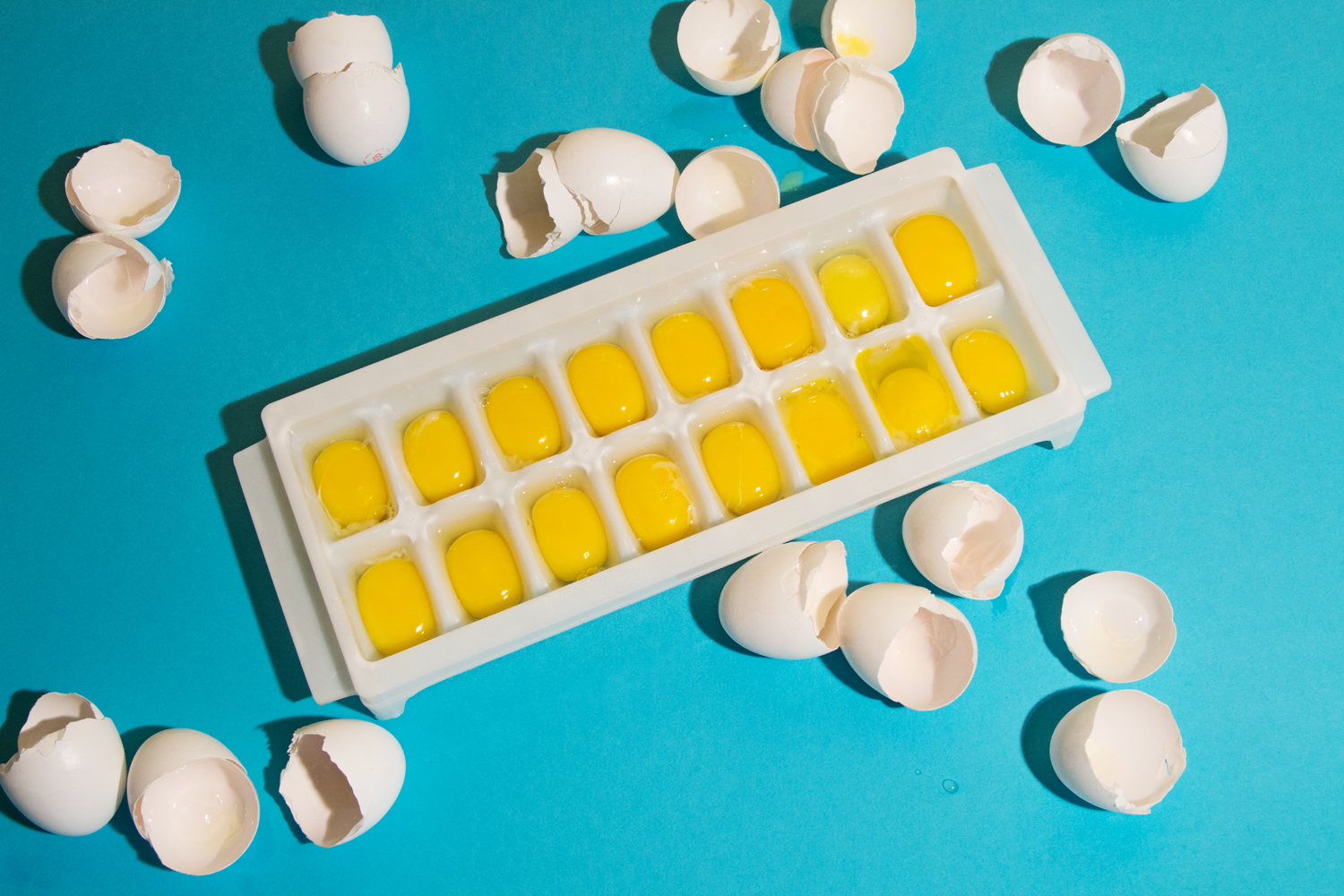Edible Aesthetics: Exploring Food, Media, and Visual Culture
By Perry Gregory
Art by LAZY MOM
A spectre is haunting the culinary internet: the spectre of foodporn.
Maybe.
Even if it’s not haunting the whole internet, I can at least say it is haunting me.
Over the last seventy years or so in popular culture, food has primarily occupied ‘low’ forms of visual media like magazines and television. The cookbook has also flourished and gained popularity over this time period, and food of course continues to exist and to be represented in every art form, but these are the two types of entertainment where food is the primary focus. On television, there are travel food shows and cooking shows where food is being used as a vehicle for a story marketed to the audience. The real entertainment value often comes from the personality selling, making, or showing you the food, from Julia Child’s Cooking With Master Chefs to The Martha Stewart Show to Guy Fieri’s Diners, Drive-Ins and Dives. In magazines, such as Food and Wine, Country Living, or Lucky Peach (RIP) greater investigation is given to food and types of cuisine, often directed at very specific audiences.
Recently, a new category of food media seems to be emerging across a selection of contemporary ‘low art’ (and digital) mediums, continuing the tradition of the relationship between food and culture. Low art or culture has historically been a derogatory term for that which is most accessible to the public masses. I think the Instagram, Snapchat, and YouTube accounts (such as FoodPorn, Foodys, and How To Cake It - just to name a few!) that exist today, are the purest expression of a form of food media that has been slowly developing. Personally, I can’t look away. A while back I purged myself from almost all social media platforms- the one thing I have left is Snapchat, and the only reason I still consider deleting it now and then is because of the vortex of food videos on the Discover page.
This is the snapcode for FoodPorn by Tastemade. The three episodes of their show that currently exist on Snapchat embody a lot of the tropes and characteristics of this media category.
This is a new kind of food media, where the goal of the content is not to teach the audience how to cook, or to use food as a narrative, or to sell the personality of a chef. In many of these videos, the sound is cut out and replaced with EDM or Twee music, there is minimal text or instructional information, and the food is being cooked by a pair of disembodied hands, darting rapidly in and out of the frame.
It is a highly aestheticized celebration of sugar, grease, and everything else bad and wonderful about processed food. It seems to me that this is content concerned with the visual nature of food prep and it is produced for an audience who is not interested in food beyond its visual appeal. It is about the potential of food to look cool.
What makes food look cool? There are very particular methods of preparation in these videos that happen over and over again.
Much of the food is prepared in a way that will be exciting to eat. There are endless videos of cakes with rainbow centers that reveal color when they are cut into, or chocolate pastries where the final shot shows the center oozing out onto the plate. There is a lot of pouring and dripping, building layers, and watching frosting or gravy or cream slide dramatically down the sides of the baked good or bread or cheese or meat. It almost lives in the realm of ASMR videos.
I have so many questions about this content. Who makes it? What is the desired response of the consumer? Is it entertainment? Is is advertising? Does it even make me hungry or does it render my mind totally blank? Why on earth can’t I look away?
I know a lot of my questions come from personal experience. I was raised by health-conscious parents who didn’t let me or my brother have any sugar or processed foods. This totally backfired and we were completely obsessed with sugar as kids. At one point, he went to the hospital for drinking a whole bottle of bubble-gum flavored cough syrup because he thought it tasted so good. As an adult, I do really appreciate that upbringing and will probably try to provide the same for my children.
But, I am still not so secretly fascinated by sugar and junk food. Junk food is undeniably seductive.
This specific type of content is frequently referred to as “food porn,” and I think that is an appropriate enough title, but I believe it is connected to and situated within an even larger category of emerging media, which I have decided to call Food Exploitation – Foodsploitation, if you will.
What does it mean to look at food? Television has produced a great deal of visual food centered content, and that content is typically informational (as in cooking the or travel shows I mentioned earlier) or as a vehicle for the host and personality of the program. Foodsploitation, which exists on various modern digital social platforms, is a genre that only came into existence due to social media. What this kind of media allows for is something beyond the solely supportive, or purely informational quality of food media that previously lived on TV. When content migrates from one form of media to another, it takes on elements of how it used to exist in the original platform, but is transformed by the new medium that it occupies. The first movies ever made were essentially just plays filmed with an unmoving camera. As time passed, the tools of film were understood and revealed to portray drama and storytelling in a fully new light.
An example of how Foodsploitation exists in new media is the youtube channel How To Cake It with Yolanda Gampp. There are trappings of recognizable food media from TV in her program, though in general it is much less formal. She stands behind a counter, and the basic premise is that she is going to teach you how to make something. Every episode follows the same format. She bakes pounds and pounds of cake, soaks it in simple syrup, covers it in fondant, which she sculpts to fit the theme of the episode. However, the types of cakes she creates, and the sheer number of episodes she has produced stands to illustrate the real intention of her videos. Yolanda does not have many pretensions about the taste of her food. She really is here to entertain you, not to teach you real cooking skills as was the aim of food program hosts of yesteryear.
The differences even in how this content is consumed (pun intended) by the viewer than how one would consume a television program is significant. You watch the Food Network on TV. You might have your TV set up in a common area of your home, maybe even your kitchen. The idea of cooking while watching these programs is ordinary- encouraged by even by the programs themselves. You would not watch How To Cake it on TV. You watch it on your computer or your phone, which you hold physically closer to your face than a TV. This short distance, combined with the relative informality of Gampp’s dialogue within the show’s basic structure, is meant to draw focus to the mechanical, speedy and visually stimulating way in which she prepares her food.
While examining Foodsploitation, you can find instances of the content presenting itself as somewhat informative or educational, but what I think is really going on here is a more complete depiction of food as an art object. I think that these new types of media essentially are allowing for an exploration of the pleasure gained from watching food realized as an art object. This art object is exciting and unique because in it there is the potential for radical transformation- the act of eating! This is an art object that can become a part of your very own human body if you eat it.
Returning to how the tools used to consume Foodsploitation media are responsible for its creation and existence, let’s think about how the size of a smartphone limits the detail of visual information that can be clearly communicated. This creates the need for the chef to be effectively eliminated from the image, and reduced to a pair of disembodied hands. This removes any potential entertainment value to stem from a human, and requires the edible subject to carry the weight of the performance. Food has never been a bigger star, has never looked so glamorous.
When I think about possible intentions of the creators behind the many works of Foodsploitation I’ve examined, I suppose that it does inspire hunger in the viewer, and therefore occasionally calls the consumer action to purchase and eat the specific food being used in the dish- but more often than not there is no one item being advertised. The most common response to hunger is to eat what is available to you, not to spark the viewer into a cooking frenzy. These accounts exist for the purpose of -as Andy Warhol once said- “Selling the sizzle, not the steak.” I think that what it primarily produces is a hypnosis in the viewer. The goal is to get you not to look away.
The artist duo LAZY MOM create work that is kind of the prime example of Food Exploitation. However it technically lives outside of this genre, as it is intentionally visual art and not created for social media. Photography is not a new art form, but LAZY MOM is clearly responding to the type of recently emerging media I have been examining so far. They create still photos, GIFS, short films, and prints of food as sculpture.
All of their images feel like portraits- this shouldn’t be that strange, as food has been the subject of ‘still life artworks’ in paintings and drawings for hundreds of years. The artists on the team combine food with inedible objects, or with other foods that would not taste good together, but since there is an understanding between the viewer and creator that these are essentially sculptures and not meant to be eaten, it only contributes to the delicious aesthetic of their work. Here is food; exploited, unhealthy, desirable, impossible, messy, and gorgeous. It exists in a vibrantly colorful and empty space- like all of the videos on social media, against an empty background, totally removed from any social or historical context.
While all of the media I have described is at this point the best example of Food Exploitation, I am sure that the introduction of new technology and visual media in the near future will provide for even more bizarre and beautiful ways of celebrating and creating food.
Please enjoy this tender animation by Jan Svankmajer. Cheers;)


